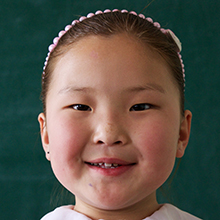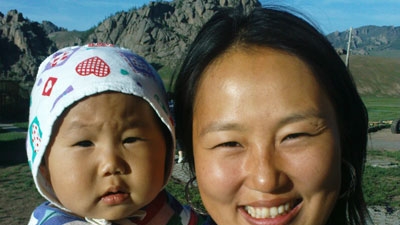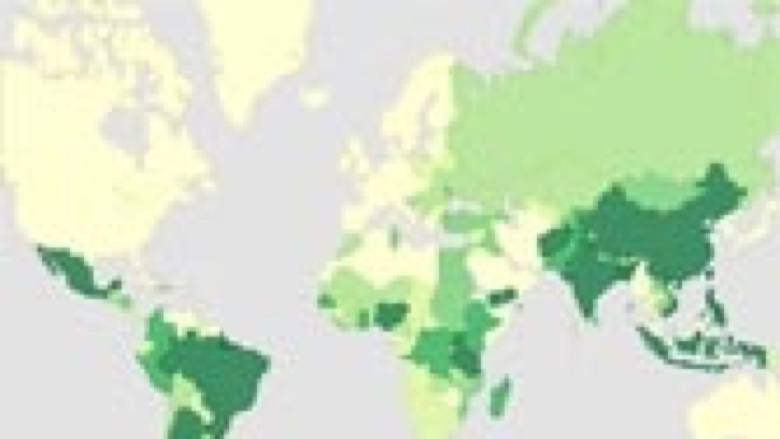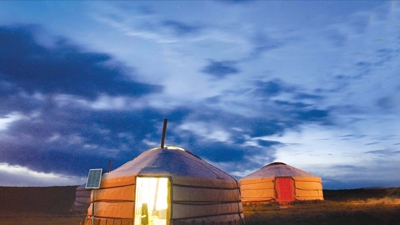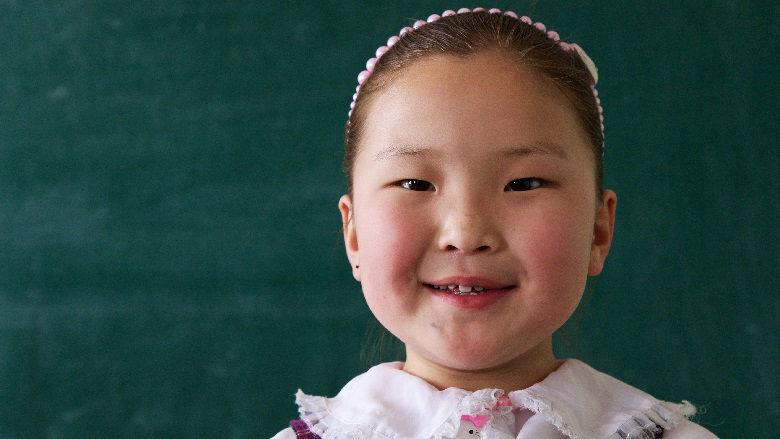Over the past 30 years, Mongolia transformed itself into a vibrant democracy, slashed poverty, and tripled its GDP per capita, becoming an upper-middle income country in 2024. Throughout this period, the World Bank Group (WBG) accompanied Mongolia’s recovery and development, remaining a steadfast partner of Mongolia through good times and bad.
Mongolia’s economy continues to perform well, supported by a mining-driven recovery that has strengthened public finances and reduced public debt. Real GDP grew by 5.0 percent in 2024, led by robust activity in the mining and services sectors, despite a sharp contraction in agriculture due to a severe winter (dzud).
Despite heightened uncertainty stemming from major shifts in global trade policy, growth is projected to accelerate to 6.3 percent in 2025, largely driven by a substantial increase in copper production at Oyu Tolgoi and a gradual recovery in the agricultural sector. However, domestic demand is expected to soften. Inflation and weak rural income growth are anticipated to weigh on private consumption, while private investment is expected to decline due to lower foreign direct investment, higher interest rates, and rising energy and input costs. Although Mongolia’s direct trade exposure to the U.S. is limited, global economic headwinds—including lower coal and copper prices, slowing external demand, and substantial repayments from large mining projects—are expected to put pressure on fiscal revenues and the external balance. Nonetheless, strong nominal GDP growth and inflation are projected to help reduce the public debt-to-GDP ratio.
Over the medium term, growth is projected to average 5.2 percent in 2026–27, supported by an ongoing recovery in agriculture, industrial expansion, rising household incomes, and continued public investment. Risks to the outlook are balanced. Key downside risks include weaker global growth and falling commodity prices resulting from global trade shifts and uncertainty. On the upside, faster progress on cross-border infrastructure, stronger-than-expected stimulus in China, or a quicker resolution of China’s property market challenges would further support demand for Mongolia’s exports.
Mongolia’s national poverty headcount rate was 27.1 percent in 2022. In 2022, the national poverty line was estimated at 418,090 Mongolian tugrik per adult equivalent per month, a 40 percent increase (in 2022 Mongolian tugrik) over the previous poverty line, set in 2010. Under the World Bank’s lower-middle income class poverty line ($3.65 per day in 2017 purchasing power parity [PPP]), 2.4 percent of the population was estimated to be in poverty in 2022. The Prosperity Gap—a new World Bank measure of shared prosperity that reveals the average factor by which welfare must increase for the population to reach a prosperity standard of $25 per day—was estimated at 2.8 for Mongolia. The Gini index was 31.4 in 2022.
Creating more and better jobs is critical in Mongolia. Labor market inclusion remains a challenge, especially for younger people and women. Mongolia will also need to continue to reduce poverty and ensure equal opportunities for all people in both urban and rural areas.
Last updated: April 2025

